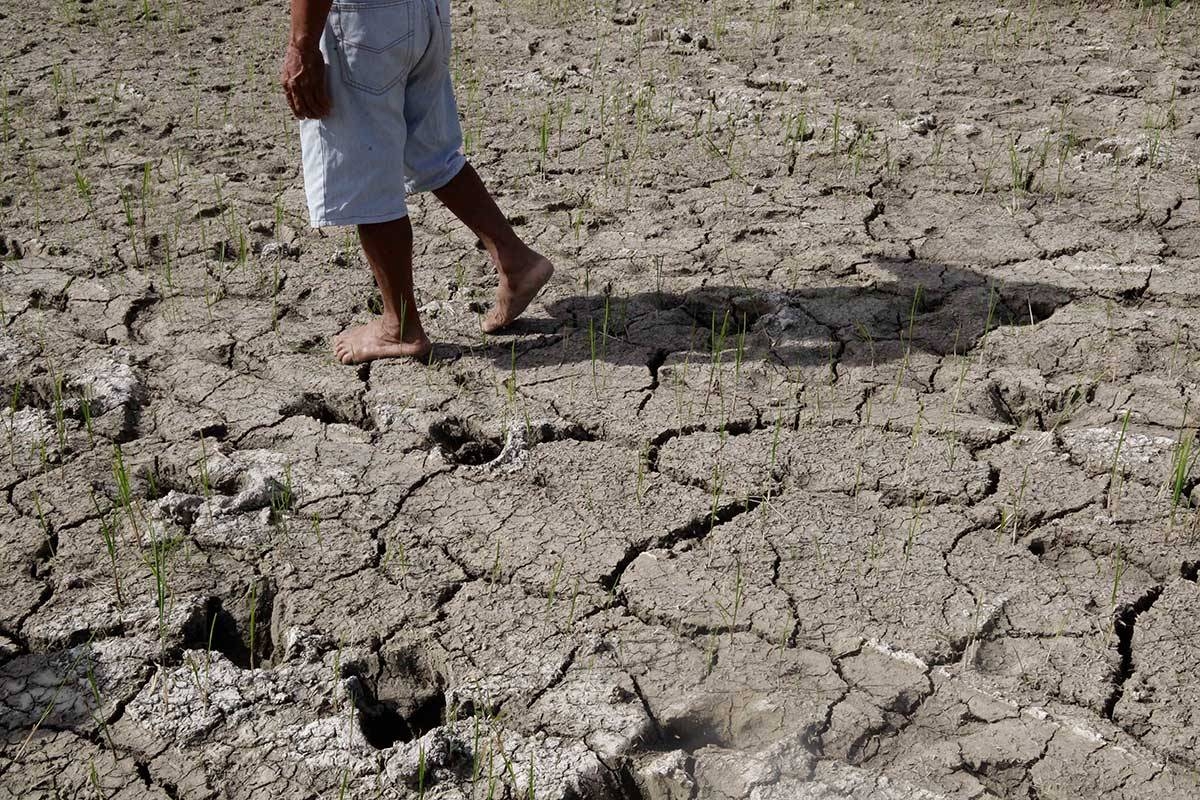The existing “strong” El Niño phenomenon, a weather pattern characterized by unusually warm ocean temperatures in the equatorial Pacific, is expected to persist until the second quarter of the year. This phenomenon will have significant effects on various provinces in the Philippines, leading to dry spells and droughts.
One of the major consequences of El Niño is the impact on the water levels of the country’s major dams, including the Angat Dam in Norzagaray, Bulacan. The Angat Dam serves as the main source of water supply for Metro Manila and its adjoining provinces. With the prolonged El Niño, the water levels in these dams are expected to decrease, potentially affecting the availability of water for the region.
To address these concerns, the Philippine Atmospheric, Geophysical and Astronomical Services Administration (Pagasa) has been conducting monthly climate forums with relevant government agencies. The aim is to ensure the full implementation of programs and measures to minimize the impacts of El Niño on people and agriculture.
According to Pagasa, Metro Manila and 26 other provinces are likely to experience a drought by the end of February due to the effects of El Niño. Some of the affected provinces in Luzon include Abra, Benguet, Ifugao, Kalinga, Nueva Vizcaya, Bataan, Pampanga, Tarlac, Aurora, Cavite, Rizal, Palawan, Isabela, Mountain Province, Zambales, Occidental Mindoro, and Pangasinan.
A drought is defined as five consecutive months of below-normal rainfall or three consecutive months of significantly below-normal rainfall (more than 60 percent less than the average). As El Niño persists, the minimal rainfall contributes to a decrease in water levels in dams, including the Angat Dam.
Chris Perez, the assistant weather services chief of Pagasa, explains that the northeast monsoon, locally known as “amihan,” has been beneficial in maintaining the dams’ normal water levels in the past months. However, once this weather system ends in February and the dry season sets in, the effects of El Niño will become more prominent.
Perez emphasizes the significant impact of El Niño on water supply and other sectors. He warns, “This El Niño is really a big factor; although the country would experience less supply of water during the dry season, with this phenomenon, we could expect that the water levels in our dams would continue to dip.” This decrease in water levels will have a domino effect, affecting not only the agricultural sector but also power generation.
Despite these challenges, the Metropolitan Waterworks and Sewerage System assures the public that there will be enough supply of potable water from the Angat Dam. However, they also remind the public to continue conserving and using water prudently to ensure the sustainability of water resources.
In conclusion, the ongoing El Niño phenomenon in the Philippines is expected to have a significant impact on water supply and agriculture. The decrease in water levels in major dams, including the Angat Dam, will affect the availability of water for Metro Manila and its surrounding provinces. It is crucial for government agencies and the public to work together to implement measures to mitigate the effects of El Niño and ensure the sustainable use of water resources.







